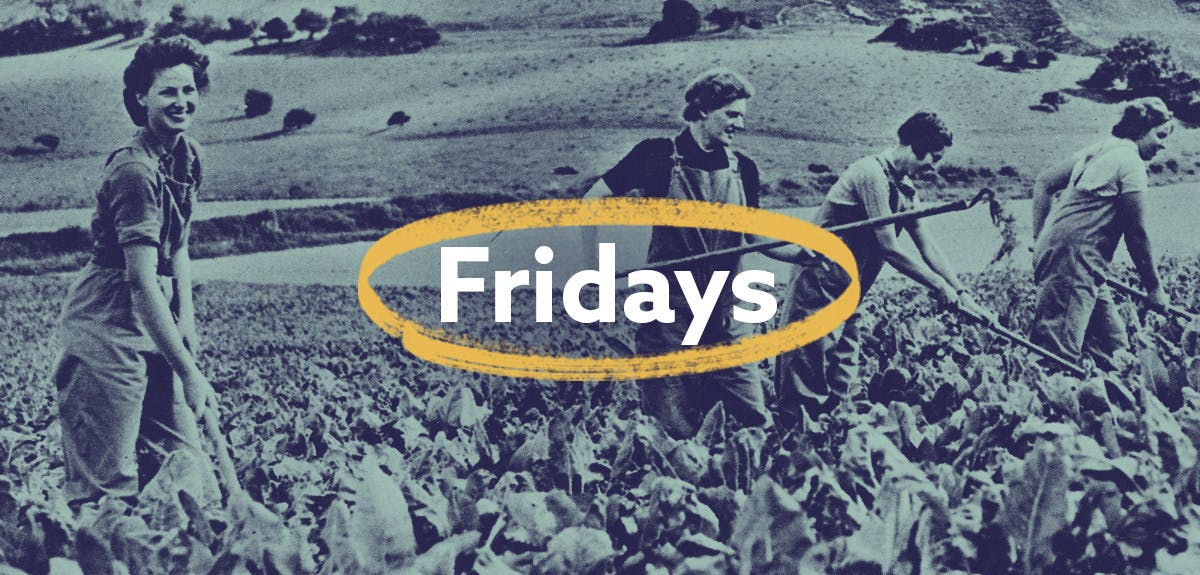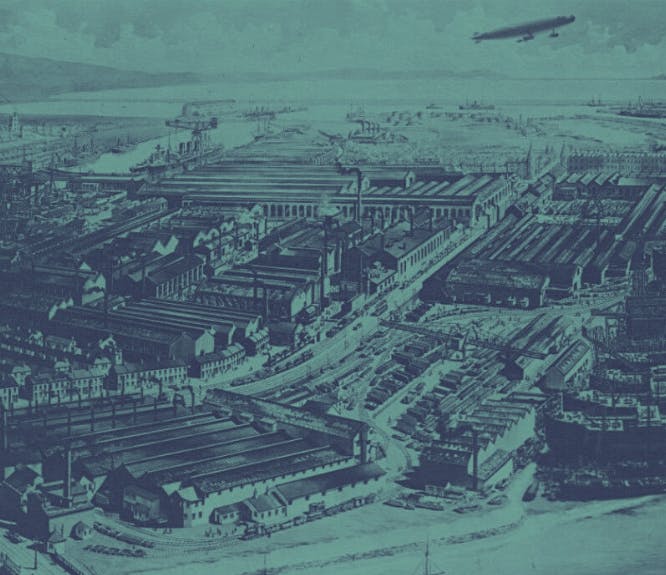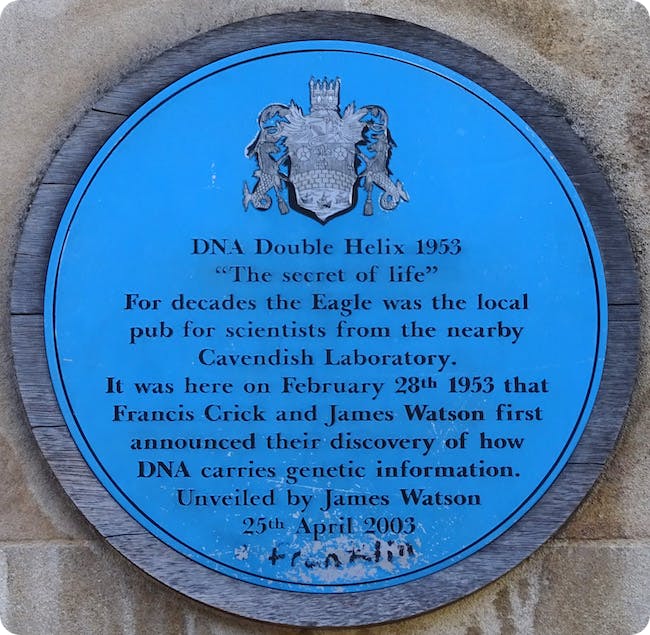Honour your heritage with over 100,000 new records, including female shipbuilders and engineers
2-3 minute read
By Daisy Goddard | March 10, 2023

From women's employment records to British commemorative plaques, this week's record release is rich in valuable details.
We've added 109,159 records to our site this week, within two all-new sets. Travel back to World War 1 and beyond with the important women's and social history sources now available.
Read on for a full run-down of all we've added.
Lancashire, Barrow-in-Furness Shipbuilding & Engineering Employees
If you've ever wanted to delve into the history of women's employment during the First World War, this 96,374 record-strong release is for you.
The set contains key information (name, date of birth, department employed in, job title, address, age and duration of work) about women who were employed or apprenticed at the Vickers shipyard in Barrow-in-Furness, Lancashire during World War 1.

The Vickers Shipyard, c. 1900. Image credit: The Municipal Archives of Trondheim, archive reference Tor.H44.L01.F9324.
You might be used to seeing female ancestors listing their occupation as caregivers, for example as engaged in 'home duties' in the 1921 Census. But during the First World War, women played a key role as workers themselves.
These records offer rich insight into the role played by the women in our family tree. Over 1,300 women were employed as ship-builders, engineers and apprentices by the Vickers shipyard between 1914 and 1918. Now, you can explore their stories.
United Kingdom, Commemorative Plaques
This all-new set contains original images and transcriptions of 12,785 commemorative plaques.
From writer Virginia Woolf to suffragette Sylvia Pankhurst, the plaques in this collection help us to remember the lives of over 12,000 of the United Kingdom's most important figures.
Because they're tied to physical locations, they help us to understand not only when key events happened, but where they happened.
Take this plaque, which is on the Eagle pub in Cambridge, for example. It commemorates the place where Francis Crick and James Watson first announced their innovate DNA discovery.
A dig into this set also revealed a record for writer Samuel Johnson's cat, Hodge, who is described as 'a very fine cat indeed'.

Plaque for Hodge in Gough Square, London.
The plaques are rich in historical detail, making them essential reading for family and social historians alike.
What stories have you discovered?
Our newspaper publishing is taking a short break this week, as we undertake essential maintenance in preparation for even more rich historical newspaper content.
In the meantime, we'd love to hear about the stories you've uncovered in your research. Maybe you found something unexpected in your past or solved a family mystery.
You can now tell us directly, by filling out the form above. To share your finds with the wider community, head over to the Findmypast Forum.
Related articles recommended for you

The history of the Barrow-in-Furness Shipyard
History Hub

The Women's Prize Trust announces Findmypast as the inaugural sponsor of the Women's Prize for Non-Fiction
The Findmypast Community

Doctor Who season 14: digging into the new Doctor's family tree and more
Discoveries


